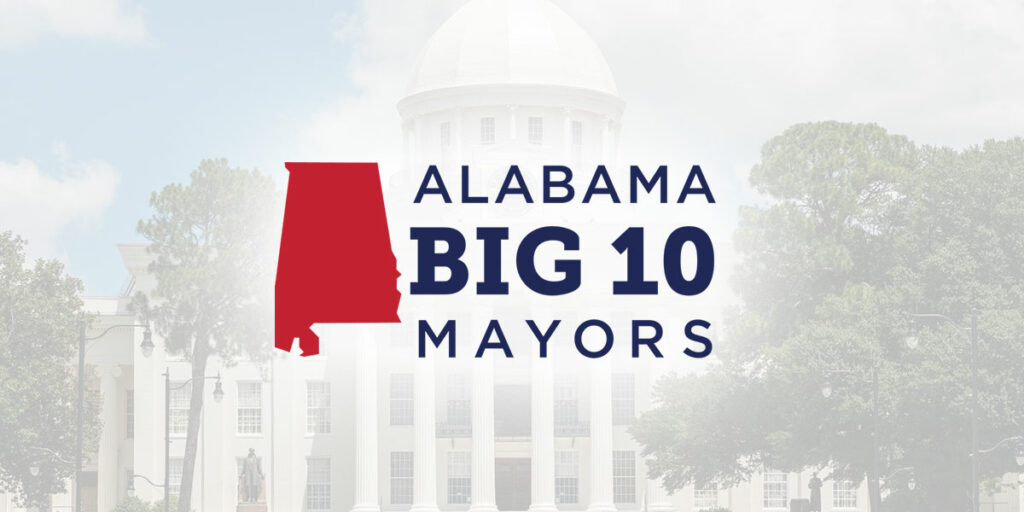The militarization of America’s police forces has gone from being a pet issue of libertarians to the forefront of the national debate as the chaos of the Ferguson protests has played out on television and computer screens across the U.S.
But the fact is, it’s nothing new.
Congress’s “1033” program, which has been around for a couple of decades, allows for the transfer of military equipment to local law enforcement agencies. According to the U.S. Defense Logistics Agency, “over 8,000 federal and state law enforcement agencies from all 50 states and the U.S. territories participate in the program.” And as President Obama has wound down what he refers to as America’s “long season of war,” even more of the U.S. military’s former tools of combat are finding their way to local police departments.
In a nutshell, here’s how it works:
A local law enforcement agency requests a grenade launcher from the 1033 program and provides justification for their request. The 1033 program coordinator for the state in which the law enforcement agency is located reviews and approves the request. The U.S. Law Enforcement Support Office (LESO) reviews and approves the request. The local law enforcement agency pays for it to be shipped. The grenade launcher arrives.
It is a surprisingly streamlined process for a Federal bureaucracy that doesn’t tend to be very accommodating to state and local governments, not to mention small businesses and citizens.
So just how ubiquitous is the spread of military gear to local law enforcement agencies across the nation?
According the the Washington Post, “in 2006, (program 1033) made 34,708 transfers worth $33 million to law enforcement agencies. Last year, the number grew to 51,779 transfers valued at $420 million, according to data provided by the Defense Logistics Agency, which manages the program. Through April of this year, the agency had made 15,516 transfers of equipment worth $206 million.”
Here’s a map from the New York Times that shows every county in the United States that has received military equipment for local law enforcement through program 1099 since 2006.
But what about right here in Alabama?
Using data gleaned from Pentagon documents by the Times, here are 6 graphics that show what former military equipment has been received by local law enforcement agencies in each Alabama county since 2006.
Unsurprisingly, Alabama counties that include major metropolitan areas have received the most gear. Here’s a quick look at what former military equipment has been received by a few of Alabama’s most populous counties since 2006:
Jefferson County (includes City of Birmingham):
- Night vision pieces: 832
- Body armor pieces: 239
- Assault rifles: 95
- Pistols: 36
- Shotguns: 4
- Helicopters: 2
- Mine-resistant vehicles: 1
Montgomery County (includes City of Montgomery):
- Assault rifes: 276
- Night vision pieces: 207
- Pistols: 60
- Helicopters: 11
- Grenade launchers: 9
- Mine-resistant vehicles: 1
- Planes: 1
Mobile County (includes City of Mobile):
- Assault rifles: 551
- Night vision pieces: 32
- Body armor pieces: 27
- Mine-resistant vehicles: 1
- Other armored vehicles: 1
It is important to remember that military aircraft now being used by local police forces are not outfitted with weapons systems. The same goes for most of the armored vehicles.
But while proponents of the increasingly-militarized local police forces say the gear is almost all used for defensive purposes, opponents say the line between soldiers and police officers has become too blurred.
What do you think? Let us know in the comment section below or by tweeting @YHPolitics.
Follow Cliff on Twitter @Cliff_Sims




















